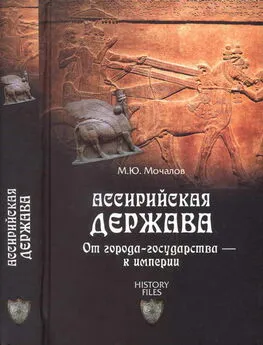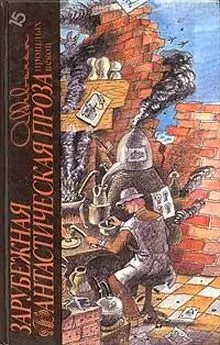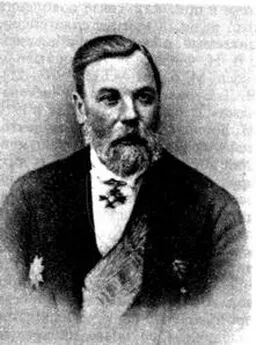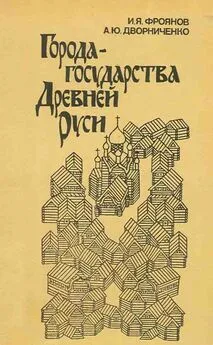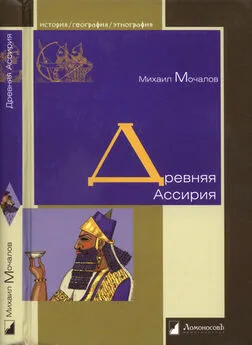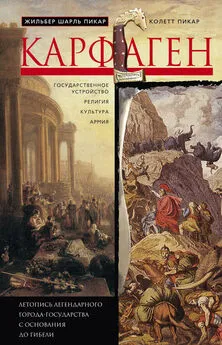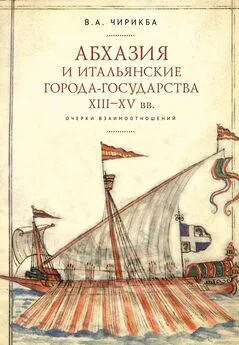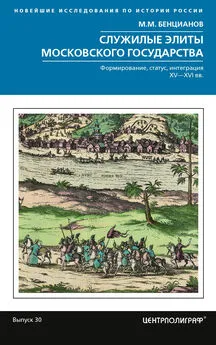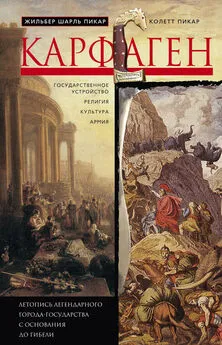Михаил Мочалов - Ассирийская держава. От города-государства — к империи
- Название:Ассирийская держава. От города-государства — к империи
- Автор:
- Жанр:
- Издательство:Вече
- Год:2015
- Город:М.
- ISBN:978-5-4444-2456-8
- Рейтинг:
- Избранное:Добавить в избранное
-
Отзывы:
-
Ваша оценка:
Михаил Мочалов - Ассирийская держава. От города-государства — к империи краткое содержание
Предлагаемая работа — это попытка систематичного изложения многовековой истории Древнеассирийской державы.
Возникший на месте поселения скотоводов, крохотный полис Ашшур через несколько тысячелетий превратился в громадную Новоассирийскую империю — по сути, первую империю в истории человечества. Этот многовековой путь оказался полон перипетий, взлётов и падений. Однако после каждого периода забвения ассирийское государство возрождалось как феникс из пепла. Порукой тому, помимо удобного географического положения и зачастую удачной внешнеполитической конъюнктуры, являлись целая плеяда талантливых царей и богатый военный опыт ассирийцев.
Книга предназначается для всех соотечественников, увлекающихся историей древних цивилизаций, в частности — Древнего Востока, а также для людей, интересующихся феноменом империй.
Ассирийская держава. От города-государства — к империи - читать онлайн бесплатно ознакомительный отрывок
Интервал:
Закладка:
130. Grayson A.K. Assyrian Civilization/ The Cambridge Ancieny History. Vol. I. Part 3: The Assyrian and Babylonian Empires and Other States of the Near East, from the Eighth to the Sixth Centuries B.C. Cambridge University Press, 1991.
31. Hamblin W. J. Warfare in The Ancient Near East to 1600 ВС: Holy Warriors at The Dawn of History. Routledge, 2006.
132. Harrison T.P The Neo-Assyrian Governor's Residence At Tell Ta'yinat. C.S.M.S. Bulletin 40. P. 23–33.
133. HealyM. The Ancient Assyrians. (Elite 39). Osprey Publishing Ltd.
134. Jacobsen Т., Lloyd S. Sennacherib's Aqueduct at Jerwan/The University of Chicago. Oriental Institute Publications, Vol. XXIV. Chicago, Illinois, 1935.
135. Kelle B.E. Ancient Israel at War: 853–586 ВС (Essential Histories 67). Osprey Publishing Ltd, 2007.
136. Lanfranchi G.B. Consensus to Empire: Some Aspects of Sargon IPs Foreign Policy / Assyrien im Wandel der Zeiten. ХХХГХ e Recontre Assyriologique Internationale. Heidelberg, 6–10 Juli 1992. Heidelberger Orientverlag, 1997. P. 81–87.
137. M. E.L. Mallowan. Assyria and Mesopotamia/ The Cambridge Ancient History. 3-rd edition, Vol. 1, Part 2: Early History of The Middle East. P. 298–301.
138. Mac GinnisJ., Matney T. Ziyaret Tepe. Digging the frontier of the Assyrian Empire // Current World Archaeology. Issue 37. P. 30–40.
139. Maidman, M.P. Nuzi texts and their uses as historical evidence / edited by Ann Guinan.
140. Society of Biblical Literature, № 18. Atlanta, 2010.
141. Mattila R. The King's Magnates: A Study of the Highest Officials of the Neo-Assyrian Empire (SAAS XI).
142. Miglus PA. Die letzten Tage von Assur und die Zeit danach // ISIMU, 2000. Vol. 3. S. 85–99.
143. MooreyP.R.S. Ancient Mesopotamian Materials and Industries: The Archaeological Evidence. Clarendon Press. Oxford, 1994.
144. Nadali D. The Representation of Foreign Soldiers and Their Employment In The Assyrian Army// Ethnicity In Ancient Mesopotamia. Nederlands Instituut Voor Het Nabije Oosten, 2005. P. 222–244.
145. Noble D. Assyrian Chariotry and Cavalry // SAAB IV. 1. P. 61–68.
146. Olmstead Albert Ten Eyck. Assyrian Historiography. A Source Study. The University Of Missouri Studies. Social Science Series, Volume III, Number 1, 1916 / Assyrian International News Agency. Books Online, http://www.aina.org/books/ah.htm
147. Parker, Bradley J. Garrisoning the Empire: Aspects of the Construction and Maintenance of Forts on the Assyrian Frontier / Iraq. Vol. 59 (1997). P. 77–87.
148. Parker, Bradley J. At the edge of empire: conceptualizing Assyria's Anatolian Frontier ca. 700 ВС // Journal of Anthropological Archaeology 21 (2002) 371–395.
149. Parpola Simo. The Construction of Dur-Sarrukin in the Assyrian Royal Correspondence // Khorsabad, le palais de Sargon II, roi d'Assyrie. Actes du coUoque organise au musee du Louvre par le Service culturel les 21 et 22 Janvier 1994.
150. Parpola Simo. The Man Without a Scribe and the Question of Literacy in the Assyrian Empire //AOAT, 247. P. 315–324.
151. Parpola Simo. National and Ethnic Identity in the Neo-Assyrian Empire and Assyrian Identity in Post-Empire Times // Journal of Assyrian Academic Studies, Vol. 18. № 2.2004.
152. Paulissian R. Medicine in Ancient Assyria and Babylonia // Journal of Assyrian Academic Studies (JAAS). Vol. V. № 1. 1991.
153. Pinker A. Nahum and the Greek Tradition on Ninevehs Fall // The Journal of Hebrew Scriptures. Vol. 6, article 8.
154. Postgate J.N. Assyrian Uniforms// Veenhof Anniversary Volume. Studies Presented to Klaas R. Veenhof on The Ocassion of His Sixty-Fifth Birthday. Nederlands Instituut Voor Het Nabije Oosten. 2001.
155. Postgate, Nicholas. The Land of Assur and the Yoke of Assur: Studies on Assyria 1971–2005. 2007. Oxbow Books.
156. Potts D.T. The Archaeology of Elam. Formation and Transformation of an Ancient Iranian State. Cambridge World Archaeology. Cambridge University Press, 1999.
157. Radner K. “ The Assyrian army”, Assyrian empire builders, University College London, 2009. URL: http://www.ucl.ac.uk/history2/ sargon/essentials/soldiers/theassyrianarmy.
158. Radner K. The stele of Sargon II of Assyria at Kition: A focus for an emerging Cypriot identity? // Interkulturalitat in der Alten Welt. Vorderasien, Hellas, Agypten und die vielfSltigen Ebenen des Kontakts. Harrasowitz Verlag, Wiesbaden, 2010. P. 429-449.
159. Radner K. The trials of Esarhaddon: The conspiracy of 670 ВС. ISIMU. Vol. 6. 2003.
160. Saggs, H.W.F. The might that was Assyria. London: Sadgwick & Jackson. 1984.
161. Sarlo D. The Economics of Mass Deportation in the Neo-Assyrian Period under Tiglath-Pileser III (744–727 ВСЕ). April 26, 2013.
162. Shibata D. Middle Assyrian Administrative and Legal Texts from the 2005 Excavation at Tell Taban: A Preliminary Report// AL-RAFIDAN Vol. XXVIII. 2007.
163. Starr Ivan. Queries to the Sun God. Divination and Politics in Sargonid Assyria/ State Archives of Assyria. Vol. IV. Helsinki University Press.
164. Stillman N., Tallis N. Armies of the Ancient Near East, 3000 ВС to 539 ВС, Wargames Research Group, Worming. 1984.
165. Szuchman J. Bit Zamani and Assyria / Syria: Revue d'art oriental et d'archeologie 86 (2009): 55–65.
166. Tadmor H. On the role of Aramaic in the Assyrian Empire. http://www.aramaic-dem.org/English/History/… pdf.
167. Tallis N. Ancient Near Eastern Warfare// The Ancient World at War. A Global History. Thames & Hudson Ltd. London, 2008.
168. The Assyrian Dictionary of the Oriental Institute of the University of Chicago/ Ed.: Roth M.T., Biggs R.D., Brinkman J.A., Civil M., Farber W., Reiner E., StolperMW. (CAD). http://oi.uchicago. edu/research/pubs/catalog/cad/
169. The Correspondence of Sargon II. Part I. Letters from Assyria and The West/ Ed.by Simo Parpola. Helsinki University Press. 1987.
170. The Correspondence of Sargon II. Part II. Letters from The Northern and Northeastern Provinces / Ed.by Giovanni B. Lanfranchi and Simo Parpola. Helsinki University Press. 1990.
171. The Correspondence of Sargon II. Part III. Letters from Babylonia and The Eastern Provinces / Ed.by Andreas Fuchs and Simo Parpola. Helsinki University Press. 2001.
172. The Prosopography of the Neo-Assyrian Empire. Vol. 1. Part I: A/ed. by Karen Radner. Helsinki, 1998.
173. Ussishkin D. The Lachish Reliefs' and the City of Lachish// Israel Exploration Journal. Vol. 30. 1980. P. 174–195.
174. Wilkinson T.J., Ur J., Wilkinson E.B., Altaweel M. Landscape and Settlement in the Neo-Assyrian Empire// Bulletin of the American Schools of Oriental Research, № 340 (Nov., 2005). P. 23–56.
175. Wise T. Ancient Armies of the Middle East. (Men-at-Arms 109). Osprey Publishing Ltd.
176. Wright E.M. The Eigth Campaign of Sargon II of Assyria (714 B.C.) // Journal of Near Eastern Studies (JNES). Vol. 2. № 3 (Jul., 1943). P. 173–186.
177. Zawadzki S. The Revolt of 746 B.C. and The Coming of Tiglath-Pileser III to The Throne. SAAB 8.1 (1994). P. 53–54.
Сокращения
АВИИУ — Ассиро-вавилонские источники по истории Урарту
РА — Российская археология
АО AT — Alter Orient und Altes Testament
SAA — State Archives of Assyria
SAAB — State Archives of Assyria Bulletin
ИЛЛЮСТРАЦИИ
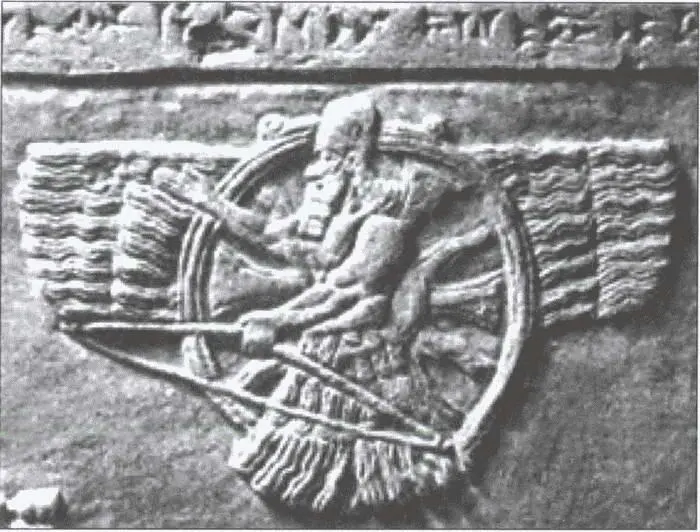
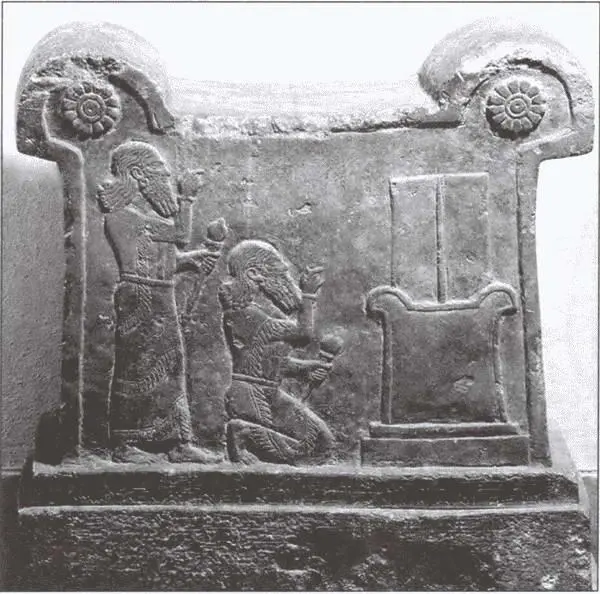




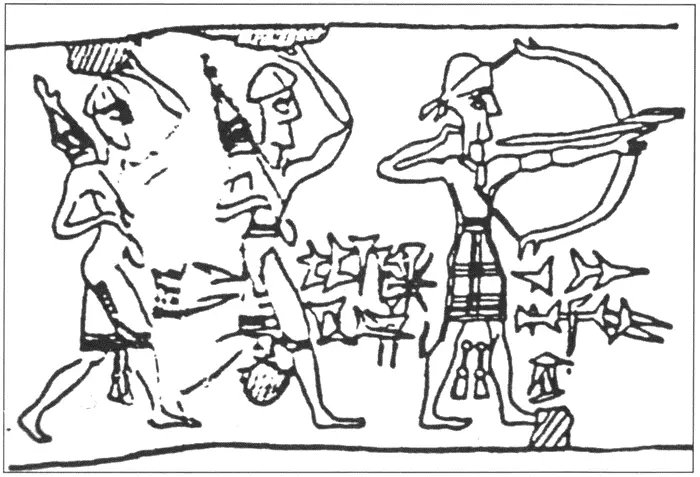
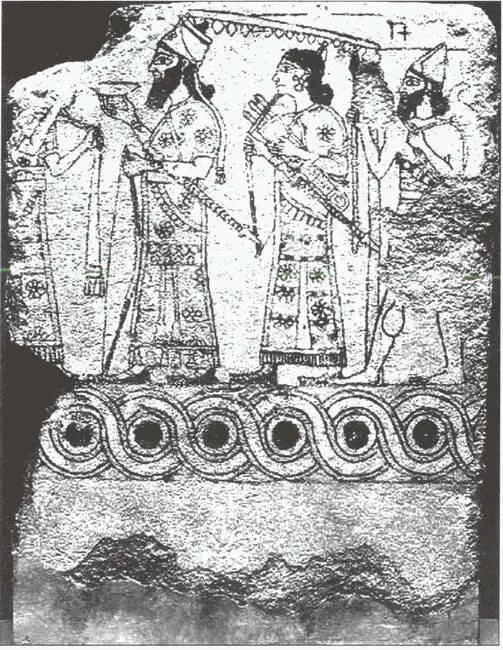
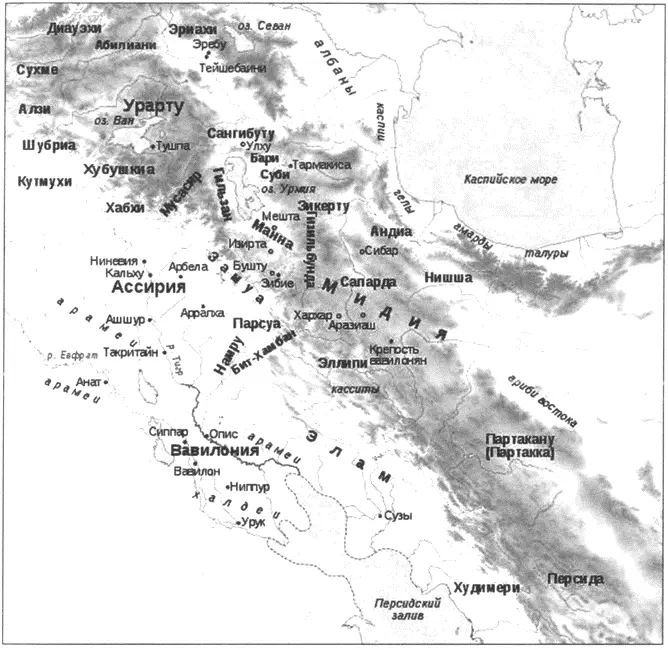


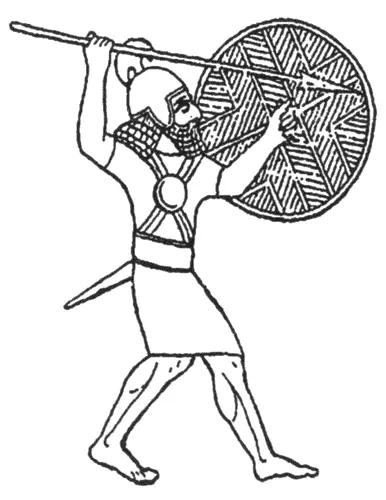
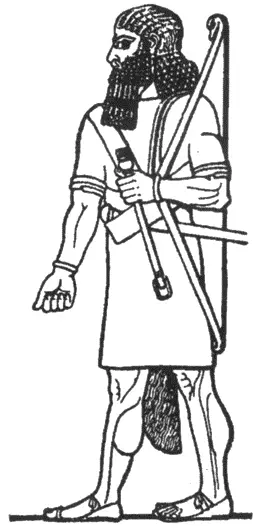
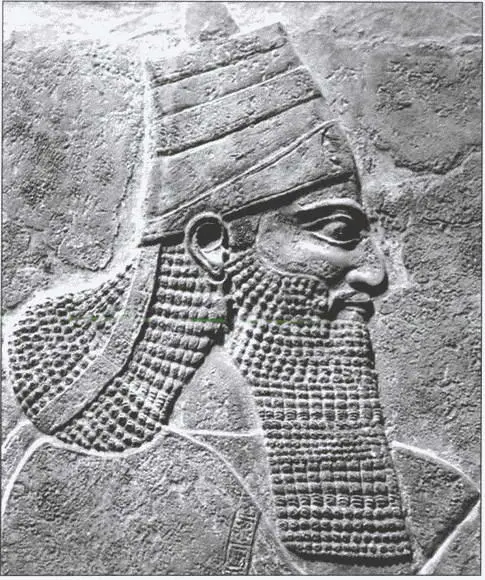

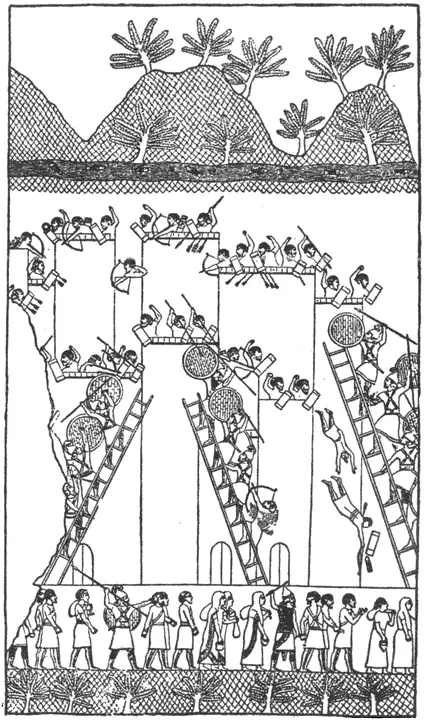

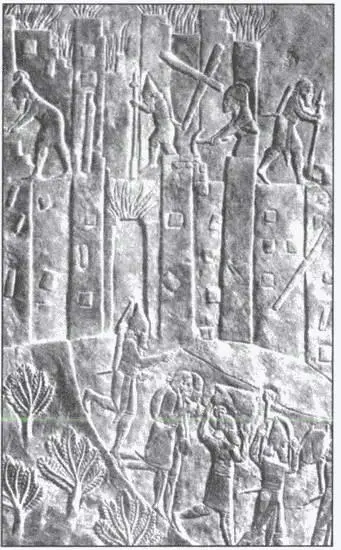
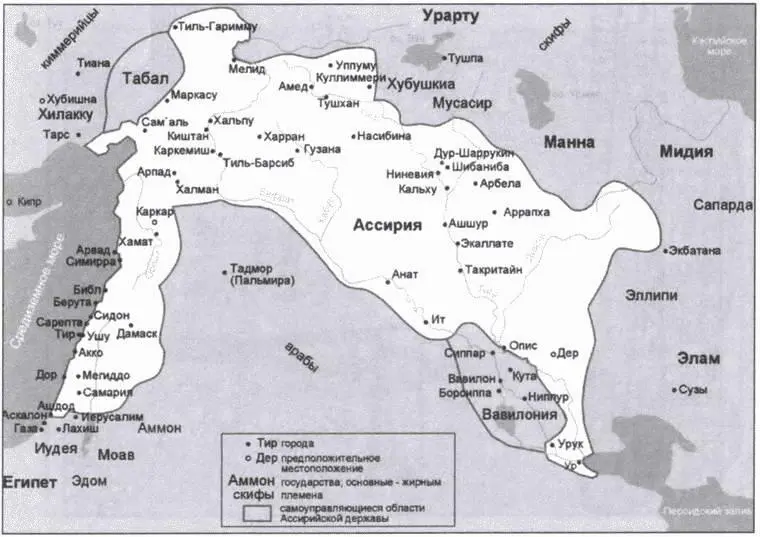
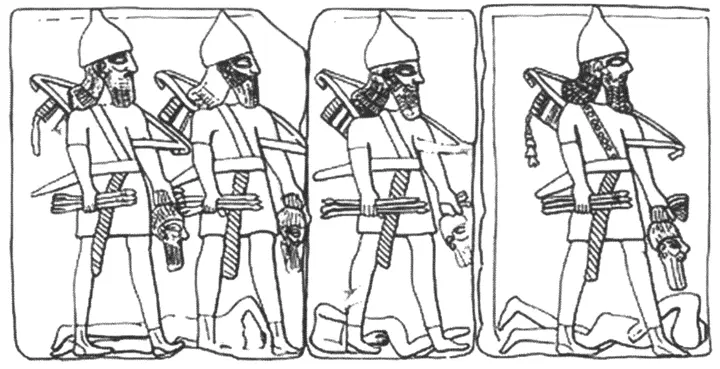
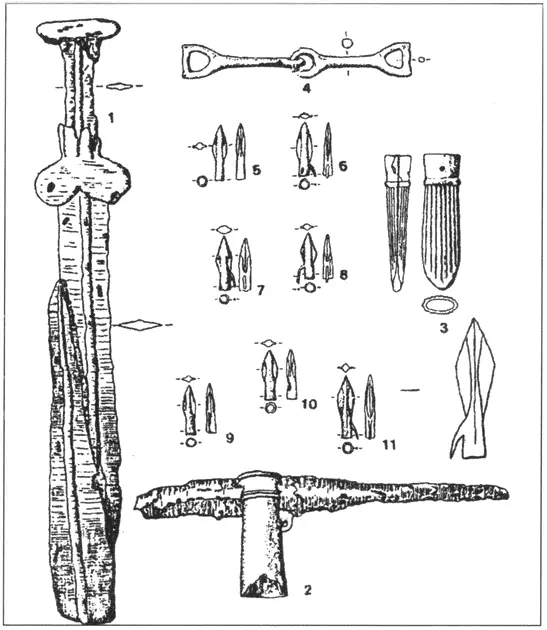
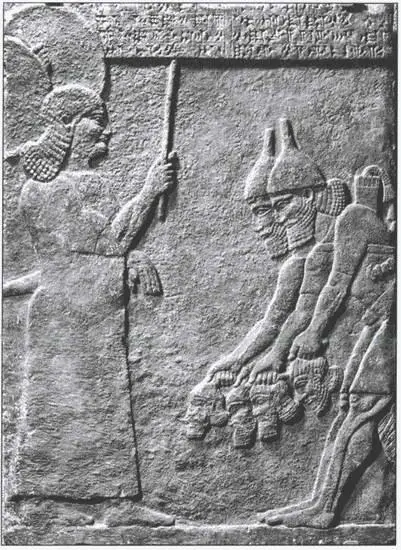
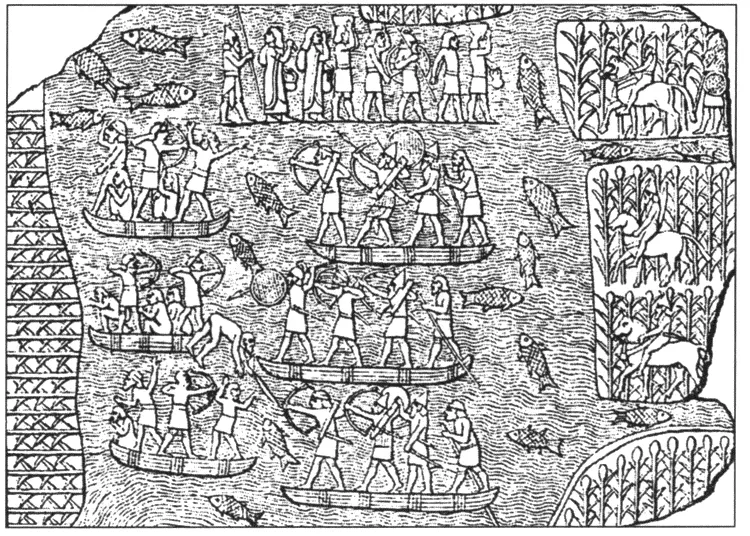
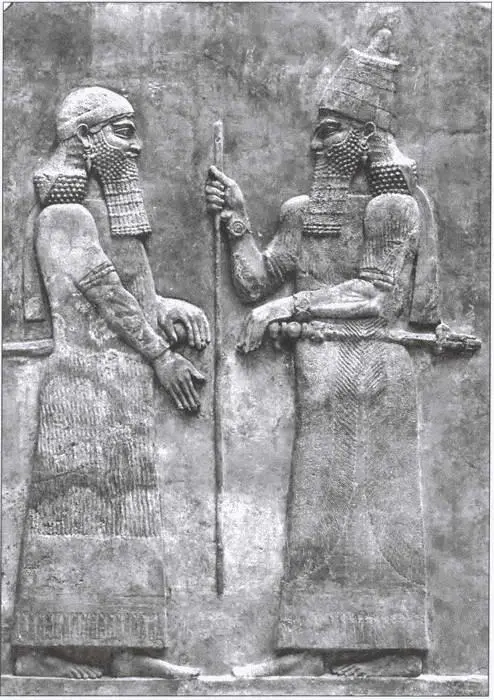

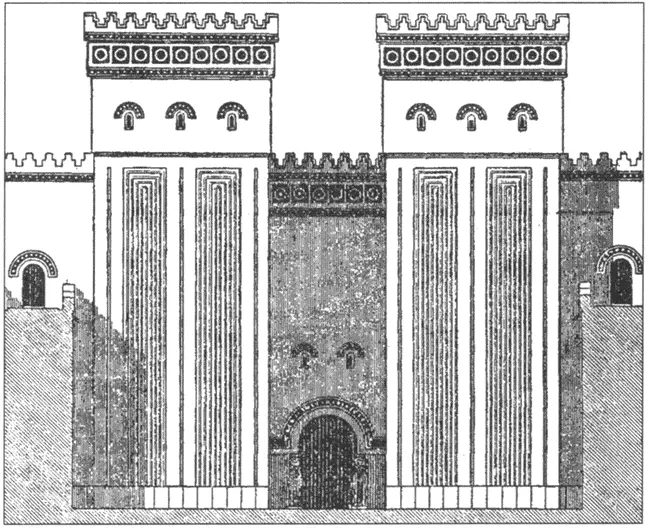
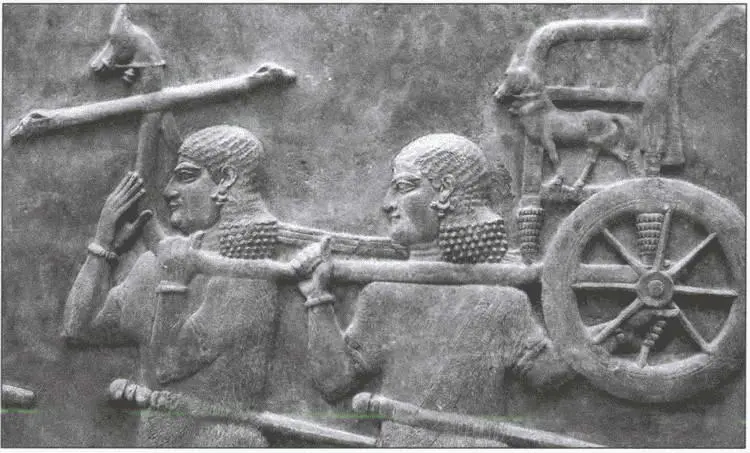
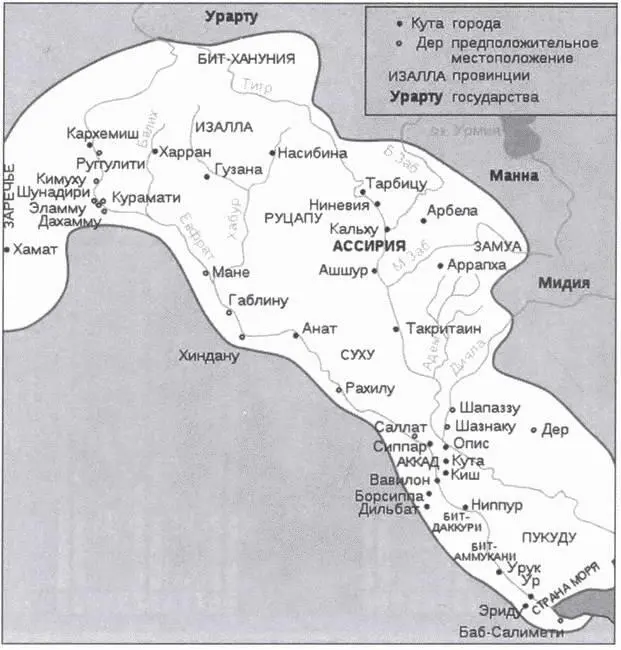


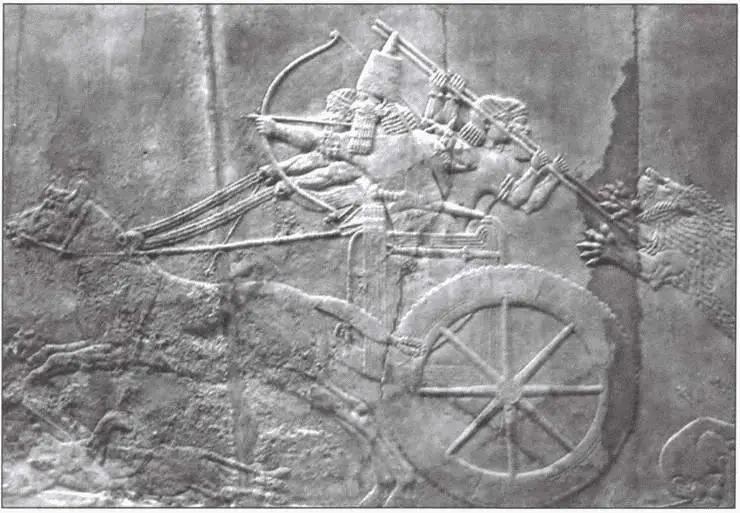
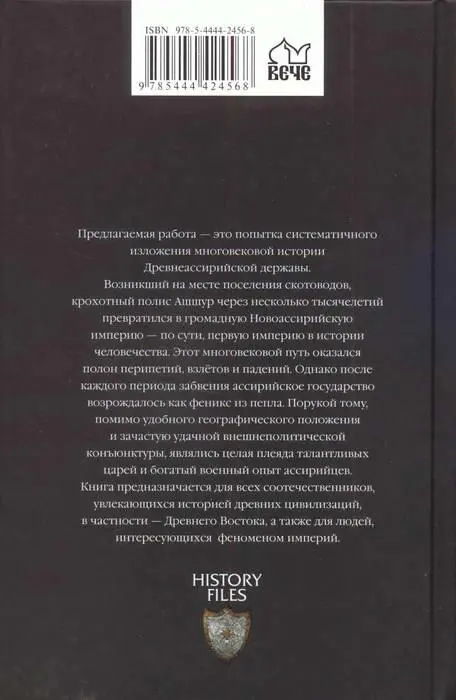
Примечания
Интервал:
Закладка:
